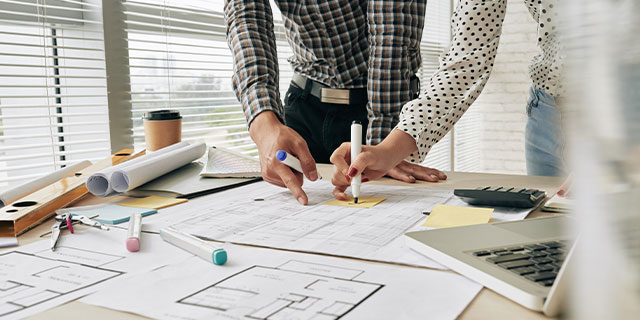
Prototype design & development: What you should know
Innovative Potential
In manufacturing successful products, prototype development is a vital process that has a major effect in how a product can impact the market. The process of developing such detailed and economically feasible product designs is not very easy since it is involved in a competitive international market. Staying consistent throughout the competitive market field, a company follows standards that are greatly reliant on cutting-edge technology and innovative processes. Exceptional line of manufacturing is a top priority in a company that aims to produce consistently high-quality products. Although the manufacturing is key, the prototype development and design pose to be just as potent in determining the quality of a product.
Prototype Manufacturing Stages
The stages of prototype design consist of processes that focus on the definition of a product through precise details and also procedures that exercise the features through constant development. Activities that go into developing and designing a prototype involve emphasis on key product features and attributes that clearly define a product in general. Multiple variants and prototypes is also a key method in ensuring the best quality possible with the most accurate and optimal features. Developing more than just one prototype allows the option of viewing a product from different angles and unique perspectives that can greatly lead to improved innovation and formulate new ideas for separate projects. Despite the heavy expenses in developing several prototypes, the added product value from this process greatly outweighs its cost and better is viewed as an investment that will prove to be a valuable asset.
Production Framework
The manufacturing process of a product is generally noted as the prototype design. The raw and initial idea of a product is constructed into its first prototype called the prototype design. Utilizing specialized machinery and tools like jig drills and fixture makers are involved in the fabrication process which are generally not optimized to be effective in mass production. Despite this, manufacturers resort to whichever tools available that can get the job done. The inevitable presence of risk and error through trial makes prototype manufacturing a tedious process since it operates on a volatile system that relies heavily on deep analysis and a hit-or-miss approach.
Details are Key
Defining characteristics of a product heavily relate to the initial impression of consumers and manifests the qualities of a company into the minds of the customers which represent their perception of not just the product quality through its design, but also the brand and its business in general. This makes the process of prototype design worthy of requiring a separate team of experts for its undertaking.
Engineering Design
Conventionally, the process of manufacturing is usually carried out by teams of product design engineers who collaborate to continually seek modifications that could further add to overall product value. Design engineers are responsible for ensuring maximum added value to a product through its design and development as this is the aspect of a product that requires a deep sense of innovation and creativity. The engineering and continuous improvement in design are vital factors in determining the success of a product that translate to its overall viability, quality, and desirability in the competitive global market.

